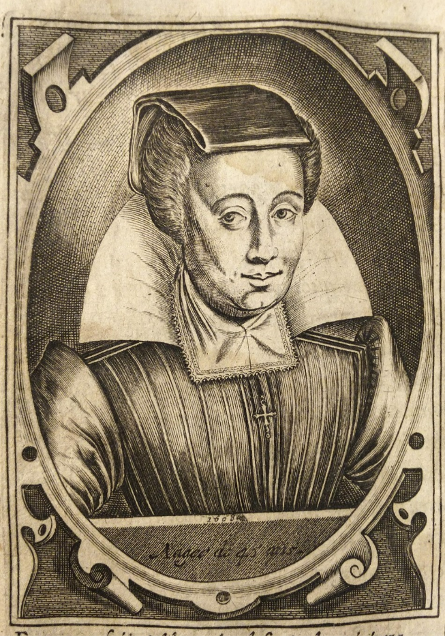
Louise (Boursier) Bourgeois was born in 1563, and she was a midwife who took up the profession to help her family financially after their fall from wealth during the French Wars of Religion.1
She was married to Martin Boursier, who was a “barber surgeon” who took care of soldiers during and after combat. M. Boursier was a student of Ambroise Paré, so Louise Bourgeois took a lot of inspiration from both of them in her work.
Bourgeois quickly rose to be one of the most prominent midwives of the time, and even became a midwife for the court of King Henri IV for 27 years because she was specifically requested by the queen and other royal women. She also assisted in the birth of Louis XIII.2
Bourgeois was the first French female author to publish a medical text, and her most revered work is Diverse Observations on Sterility of which there are three volumes. It was translated into Dutch, German, and English, and is still studied today.
Bourgeois is unique because of her women-centered approach to birthing and healthcare in general. In her midwifery, she focused on the needs and wants of the women giving birth, including their choice of position (bed or birthing chair), proper coverage and blankets during birth, and lubrication and medicine to reduce birthing pains.3
She also did lots of work around women’s menstrual cycles and recognized the loss of period as a sign of pregnancy, as well as recognizing the mood swings and food cravings that can also be accompanied by either pregnancy or different parts of a woman’s cycle.4
After the life of Bourgeois, the medical field started moving away from the profession of midwifery, which in turn, started to reduce access for women into medical professions. François Olive noted that “women started to accuse midwives of incompetence”5 and that medical spaces started to rely more on advanced tools which limited its accessibility and altered what was seen as “real” science and medicine.
- Bridgette A. Sheridan, “Patronage and the Power of the Pen: The Making of the French Royal Midwife Louise Bourgeois,” Early Modern Women 13, no. 1 (2018), 58–79 ↩︎
- Angela He, “Louise Bourgeois and the first obstetrics book published by a woman,” (St. Louis: Bernard Becker Medical Library, 2022) ↩︎
- Louise Bourgeois, Observations diverses sur la stérilité (Paris: Indigo-Côte, 2014), 67 ↩︎
- Bourgeois, Observations diverses, 57 ↩︎
- François Olive, “Préface,” Observations diverses sur la stérilité (Paris: Indigo-Côte, 2014), 24 ↩︎